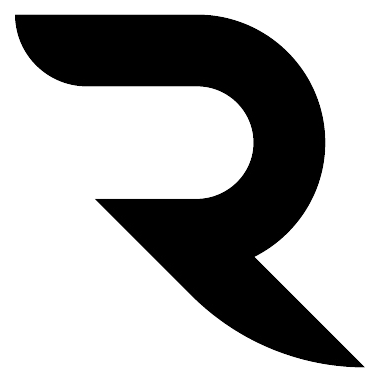What is the behavioral flexibility hypothesis?
Specifically, the “adaptive flexibility hypothesis” predicts that the expression of behavioral flexibility, and thus the diversity of behaviors observed in a population, will be high during the initial stage of introduction into a novel environment due to innovation, followed by a decline in behavioral diversity during …
What is behavioral flexibility?
‘Behavioural flexibility’ refers to the adaptive change of behaviour in response to changing environmental contingencies6. The constructs of cognitive flexibility and behavioural flexibility are thus closely intertwined.
What is behavioral flexibility in communication?
Behavioural flexibility means that we are able to change our behaviour to adapt to the situation. So the assertive boss knows when to flex their muscles and when to tone it down.
What is another term for cognitive flexibility?
Sometimes known as cognitive shifting, cognitive flexibility is all about your brain’s ability to adapt to new, changing, or unplanned events. Cognitive flexibility is also the ability to switch from one way of thinking to another. This is also known as task switching. Think about it this way.
What are two types of flexibility?
There are two types of flexibility exercises: static stretching, in which you stretch a muscle without moving, and dynamic stretching, which combines stretching with movements.
Why is behavioral flexibility important?
The more behavioural flexibility you have, the more able you will be to adapt to different people in different situations. Behavioural flexibility is something you can develop over time through practice, experience and through being able to learn from that experience.
How do you improve behavioural flexibility?
Increasing Your Behavioural Flexibility
- Experiencing Extraversion – Jump into an activity without thinking it over.
- Experiencing Introversion – Choose an activity that lets you spend time by yourself: reading, writing, or working on a hobby.
- Experiencing Sensing – Focus on what is around you.
What is the theory of cognitive flexibility?
Cognitive Flexibility Theory (CFT) suggests that deep learning requires learners to engage with new content from multiple perspectives and in flexible ways of thinking.
What is flexibility types of flexibility?
Flexibility is of two types:a Passive flexibility b Active flexibility.
What is an example of flexible learning?
Modes of flexible learning include: face-to-face contact ▪ websites with interactive content and/or chat rooms, discussion boards ▪ CD-ROMs ▪ VHS or broadcast video ▪ teleconferencing or videoconferencing ▪ print resources ▪ audio tapes ▪ field trips.
How do you improve Behavioural flexibility?
How can we develop flexibility in thoughts and behavior?
- 7 Ways to Develop Cognitive Flexibility.
- Alter your everyday routine.
- Seek out new experiences.
- Practice thinking creatively.
- Don’t always take the easy way.
- Go out of your way to meet new people.
- Transfer your learning.
- Challenge your morals.
What is behavioural flexibility in NLP?
Behavioural flexibility is your capacity to take all the available information that is relevant to your goal, assess what is working and what is not, and then make decisions and appropriate adjustments in your behaviour that align with bringing you even closer to your goal.
Which theory is flexible?
“Cognitive Flexibility Theory is about preparing people to select, adapt, and combine knowledge and experience in new ways to deal with situations that are different than the ones they have encountered before,” says Spiro, a professor of learning, technology and culture in the Department of Counseling, Educational …
What is constricted and flexible?
Constricted/flexible control is a measure of the ability to ignore distractions to focus on relevant stimuli (Klein, 1954). This control also measures the ability to inhibit incorrect verbal responses.
What is the bubble theory?
The bubble theory applies to any asset class that rises well above its fundamental value, including securities, commodities, stock markets, housing markets, and industrial and economic sectors.
What is the adaptive expectations hypothesis of a housing bubble?
A housing bubble is a run-up in home prices fueled by demand, speculation, and exuberance, which bursts when demand falls while supply increases. Adaptive expectations hypothesis is a theory that states individuals adjust their expectations of the future based on recent past experiences and events.
What is the purpose of the bubble cycle?
But the main point, Mr. Lerman said, is that the bubbles and their atmospheric counterparts, aerosols and rain drops or snow, provided the organizing matrix in which chemicals could concentrate, stabilize and synthesize into more complex molecules. The bubble cycle serves these functions to this day.
How did bubbles form on the primordial seas?
But in a new hypothesis receiving close attention, the multitudes of bubbles forming on the surface of the primordial seas must have collected chemicals and concentrated them for synthesis into complex molecules.
